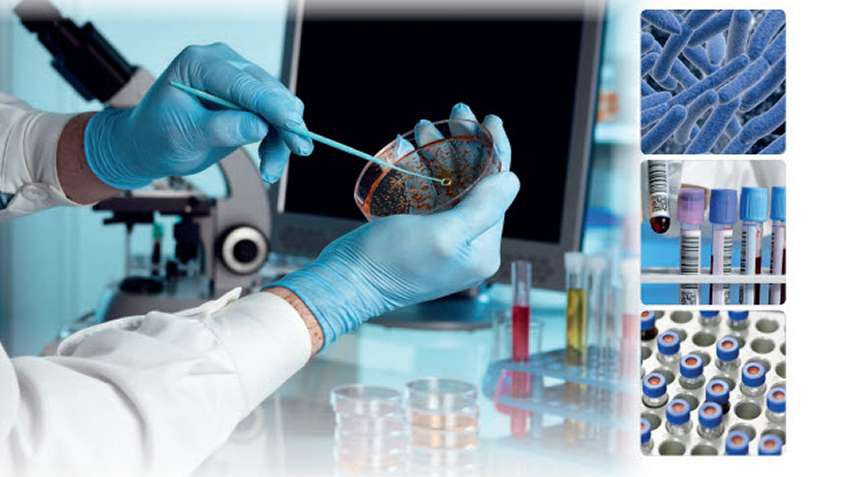In fact, the production of a single batch in an upstream reactor might require 800 to 900 manual operations – from inserting the single-use bag to confirming the correct equipment, nutrients and tubing are in place. An error at any point during set-up could cause the batch to fail.
Automation systems can be used in a number of ways to help minimize the potential for error and improve verification methods. For example, automatic equipment recognition and verification systems can be integrated into the control platform to track and confirm equipment placement.
In addition, visual aids incorporated within the control system can guide operators through process steps and are a vast improvement over paper-based instructions.
How Does It Work?
Let’s say an operator needs to connect Point 1 to Point 4 on a transfer panel. Those points can be lit on an electronic interface along with the appropriate tube connection.
Beyond visual guidance, the system can extend to verification. For example, it can instruct operators to input a serial number or scan a barcode to track material and equipment, which is automatically recorded in the batch record.
And thanks to advances in automation and information technology, manufacturers can achieve consistent visualization without a large infrastructure investment or multiple interface terminals.
Using the latest thin-client technology, workers can perform required operations using a tablet. Additional location detection features support mobility – and also help maintain security by verifying operators are in the correct place to perform certain tasks. Location resolvers like QR codes, Bluetooth beacons, Wi-Fi and GPS verify that mobile users and devices only receive content in authorized areas.
What is the best way to achieve integration and consistency across the entire facility?
At its core, a single-use facility is comprised of multiple process skids supplied by multiple equipment vendors. Typically, each supplier has a different control platform and different software set. And even within a specific OEM, different control systems may be used on different types of equipment.
The resulting “islands of automation” are a significant roadblock to consistent operation, maintenance and engineering across a plant. Operators must learn every system – and multiple spares and service contracts must often be retained.
In addition, without consistent data flows, data integrity and compliance can become problematic.
The path forward? More biotechnology companies and the OEMs who serve them are exploring an approach to integration based on a modern distributed control system that delivers a consistent structure – and consistent software set. This scalable and information-enabled approach promises extraordinary connectivity and flexibility.
In many ways, the outlook has never been brighter for biotechnology companies. An automation consultant who is familiar with single-use facilities and biologics manufacturing can help you determine strategies that can make your new facility truly future-ready.


